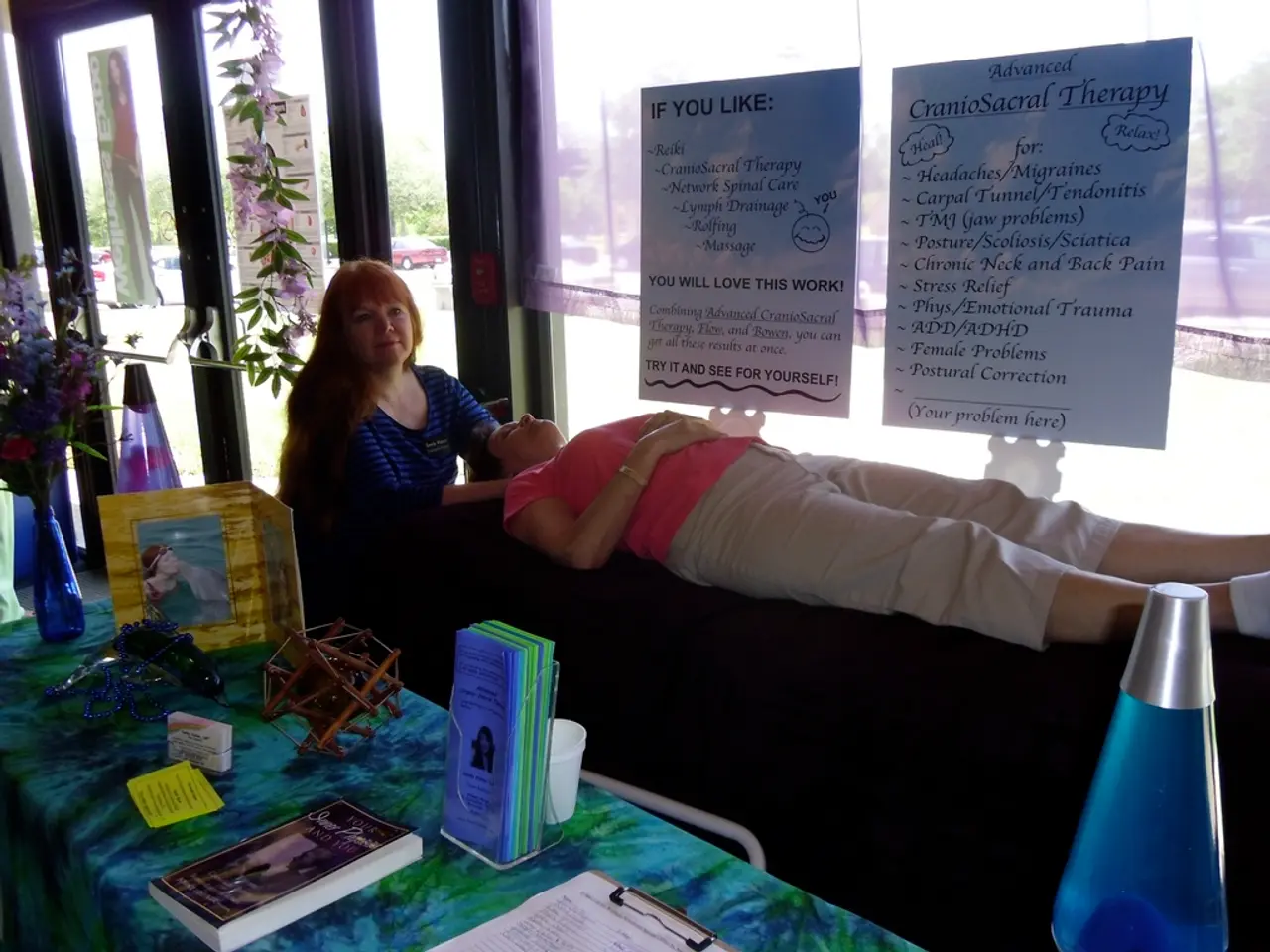Insulin injections used as lethal tools in a series of homicides, the lethal dose frequently concealed within common household items.
In the often-overlooked realm of insulin-related crimes, medical professionals may struggle to recognize the signs of a murder weapon disguised as a lifesaving drug. This is due, in part, to a lack of established protocols for investigation and handling, as highlighted by the chilling case of a West Virginia pharmacist found guilty of deadly insulin injections on her husband[1].
Forensic pathologist Dr. Paul Uribe, who's no stranger to solving insulin-fueled homicides, noted that there appear to be few guidelines in place for pathologists and emergency room doctors. Uribe, a former military medical examiner, shares his expertise across various hospitals in the United States and was instrumental in unraveling a series of insulin murders at a West Virginia veterans hospital[1].
"You're not going to stumble across an insulin homicide," Uribe told NBC News. "You have to have a suspect, and you have to look for it—because if you're not looking for it, you're not going to find it"[1].
While such cases are scarce, they can have a devastating impact, with instances of multiple victims. For example, a Pennsylvania nurse confessed to trying to kill 19 people using insulin at five facilities between 2020 and 2023, resulting in the deaths of 17 individuals[1]. In another instance, a nurse at the West Virginia veterans hospital admitted to killing seven elderly patients with insulin in 2021[1].
Compared to other countries, the United States doesn't seem to have extensive protocols for emergency room doctors or medical examiners in handling insulin murders. So far, West Virginia is the only state to take legislative action. A bill introduced in the state Legislature seeks to require emergency rooms to test patients for insulin when they're admitted with possible symptoms of insulin poisoning[1].
The American Academy of Emergency Medicine, however, is concerned about insulin overdoses but is against "legislating medical care." Jonathon Jones, former president of the organization, believes that further education is necessary, rather than mandated treatments or repercussions[1].
Despite these confounding factors, some experts suggest that pathologists need more defined procedures to effectively document insulin-induced killings. One common method is through injection site tissue samples, which can reveal trace amounts of insulin in victims, even if they were not diabetic[1].
In the gut-wrenching case of Michael Cochran, a West Virginia man who was murdered by his pharmacist wife, clear protocols and timely action may have saved lives. When Michael was first hospitalized in 2019, his blood sugar had plummeted to dangerous levels, yet no insulin test was conducted[1].
It wasn't until an investigator discovered a vial of insulin in Natalie Cochran's fridge that suspicion arose. The case continued to unfold, with the autopsy results eventually proving an insulin homicide[1].
Insulin poisoning cases such as Michael Cochran's highlight the need for more robust guidelines and enhanced awareness among medical professionals. Pathologists and emergency room doctors require better training, including the ability to recognize red flags, such as low, unexplained blood sugar in nondiabetic individuals or unexplained low potassium, known as hypokalemia[1].
Uribe further recommends ensuring that proper c-peptide tests are conducted before treatment, searching for possible injection sites, and testing vitreous fluid when necessary[1]. By following these measures, experts believe that medical professionals can more effectively prevent and identify insulin-related crimes.
[1] The original case source can be found through NBC News and Dateline reports.
- In the approach to insulin-related crimes, pathologists and emergency room doctors may benefit from more defined guidelines, as few currently exist.
- Insulin poisoning cases, such as that of Michael Cochran, emphasize the need for medical professionals to be trained in recognizing red flags, like low, unexplained blood sugar levels in nondiabetic individuals and unexplained low potassium (hypokalemia).
- Pathologists could better document insulin-induced killings through methods like injection site tissue samples, which can detect trace amounts of insulin in victims, even in nondiabetic individuals.
- In cases of suspected insulin poisoning, experts suggest conducting c-peptide tests before treatment, searching for possible injection sites, and testing vitreous fluid when necessary to ensure correct diagnosis and treatment.
- While some countries may have extensive protocols for handling insulin murders, the United States seems to lack comprehensive procedures, as seen in the limited legislative action taken by states so far.






